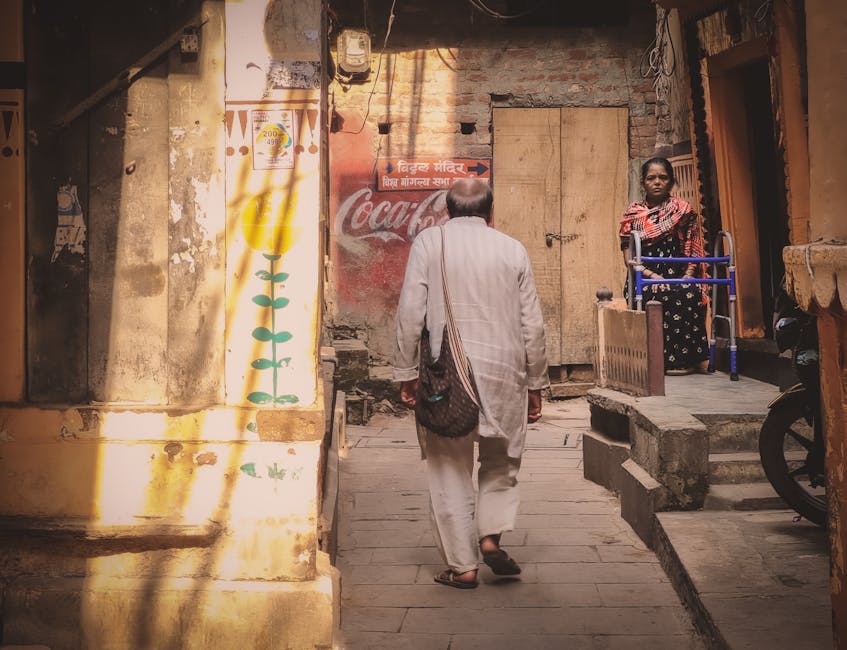Introduction
The global climate crisis has reached a tipping point, with developing nations like India bearing the brunt of its devastating impacts. From deadly heatwaves to catastrophic floods, the country faces existential threats that demand urgent financial and policy interventions. The ‘Loss and Damage’ (L&D) fund, established at COP27 and operationalized at COP28, was hailed as a lifeline for vulnerable nations. Yet, as bureaucratic and political hurdles stall progress, India’s role—and its stake—in this critical mechanism remains under scrutiny.
What Is the ‘Loss and Damage’ Fund?
The L&D fund is a financial mechanism designed to compensate developing countries for irreversible climate damages—impacts they contributed little to but suffer from disproportionately. After years of resistance from wealthy nations, the fund was launched with an initial pledge of $700 million. However, this falls far short of the estimated $400 billion needed annually by developing nations.
India’s Climate Paradox
India occupies a unique position in the climate debate:
– A Climate-Vulnerable Nation: Extreme weather events like floods, cyclones, and heatwaves devastate its economy and people.
– A Rapidly Developing Emitter: As the third-largest global emitter, India faces pressure to curb emissions despite low per capita contributions.
1. India as a Victim of Climate Change
- The 2023 Himachal Pradesh and Uttarakhand floods caused losses exceeding $1.5 billion.
- The 2022 Delhi heatwave (49°C) overwhelmed infrastructure and public health systems.
- Cyclones Amphan (2020) and Tauktae (2021) ravaged coastal communities.
Despite its eligibility, India’s middle-income status complicates its access to L&D funds compared to smaller island nations or Least Developed Countries (LDCs).
2. India as a Contributor to Emissions
While India’s per capita emissions remain low, its growing economy raises questions: Should it seek compensation or contribute to the fund in the future?
Why the ‘Loss and Damage’ Fund Is Stalling
Three major roadblocks hinder the fund’s progress:
- Inadequate Funding
- Current pledges (UAE: $100M, Germany: $100M, UK: $60M) are insufficient.
-
The US, a top historical emitter, pledged just $17.5 million—far below its responsibility.
-
Access and Equity Issues
- Wealthy nations insist on World Bank oversight, risking bureaucratic delays.
-
India and G77 nations demand direct access to ensure fair distribution.
-
Political Resistance
- Developed nations fear the fund could set a precedent for climate reparations liability.
India’s Strategic Approach
India is navigating the L&D negotiations with cautious assertiveness:
– Universal Access Advocacy: Argues that all developing nations—not just LDCs—should qualify.
– Polluter-Pays Principle: Pressures the US and EU to contribute based on historical emissions.
– Domestic Climate Finance: Expands its National Adaptation Fund while seeking international support.
The Path Forward
For the L&D fund to succeed, three steps are critical:
✔ Increased Funding: At least $100 billion annually is needed to match the scale of damages.
✔ Efficient Disbursement: Transparent, direct access to avoid red tape.
✔ India’s Leadership: Can it bridge the gap between developed and developing nations?
Conclusion
The ‘Loss and Damage’ fund is a litmus test for global climate justice. For India, it represents both an opportunity and a challenge—securing fair compensation while navigating geopolitical complexities. If the fund fails, the consequences for India’s environment, economy, and people will be catastrophic. The world is watching: Will this fund become a beacon of hope or another unfulfilled promise?
(Word count: 600)




